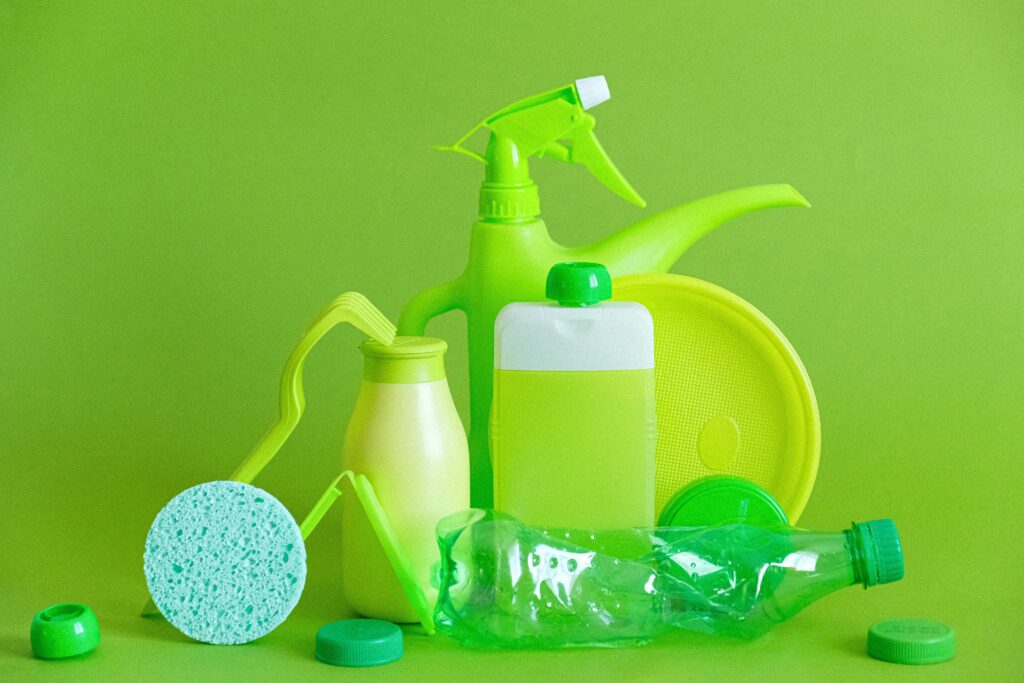If you’ve got a reverse osmosis system at home, you already know how great it is for clean, purified water. But to keep it running smoothly, you need to change the filters regularly. If you’ve never done it before (or just need a refresher), don’t worry—We’ve got you covered!
This guide will walk you through how to change filters in RO system step by step, in plain, everyday language. No complicated jargon, no unnecessary fluff—just exactly what you need to know to swap out those filters like a pro.
Why Do You Need to Change Your RO Filters?
Your reverse osmosis system works hard to remove contaminants from your water, but over time, the filters get clogged with all the stuff they’re catching—sediment, chlorine and other impurities. When that happens, your ro system water won’t be as clean, and your system won’t work as efficiently.
Here’s a quick breakdown of how often you should change each filter:
- Sediment & Carbon Filters → Every 6-12 months
- RO Membrane → Every 2-3 years
- Post-Carbon Filter → Every 12 months
If your water starts tasting off, your water pressure drops, or you notice a reverse osmosis leak, it might be time to check those filters!
What You’ll Need
Before you get started, make sure you have:

Replacement filters (check your reverse osmosis system manual for the right ones)

A filter housing wrench (your ro system may have come with one)

A towel (just in case of spills)

Dish soap & a sponge (to clean the filter housings)
Step-By-Step Guide:
How to Change Filters in RO System
1. Turn Off the Water Supply
Find the shutoff valve for your reverse osmosis water system and turn it off. Also, close the valve on your RO storage tank to prevent water from flowing back into the system.
2. Release Pressure
Turn on the ro system water faucet and let it run until the water slows to a trickle. This releases any built-up pressure in the system ro.
3. Remove the Filter Housings
Use your filter housing wrench to unscrew the filter housings (turn counterclockwise). Be ready for a little water spillage—this is where that towel comes in handy!
4. Take Out the Old Filters
Pull out the old filters and give them a quick “thank you” for all their hard work before tossing them in the bin.
5. Clean the Housings
Rinse the housings with warm, soapy water, then rinse them again with clean water to remove any residue. This helps prevent bacteria buildup in your ro water system.
6. Install the New Filters
Pop the new filters into their designated spots. Make sure they’re seated properly—if they’re misaligned, your reverse osmosis system water won’t be as clean.
7. Screw the Housings Back On
Tighten the filter housings back into place. Hand-tighten first, then use the wrench if needed, but don’t overdo it—you don’t want to crack the plastic.
8. Turn the Water Supply Back On
Open the valves to let water flow back into your reverse osmosis system.
9. Check for Leaks
Keep an eye on the system for a few minutes. If you see a reverse osmosis leak, try tightening the housings a little more.
10. Flush the System
Let the ro system water faucet run for about 5 minutes to flush out any air bubbles and prep the new filters for action.
Common RO Filter Replacement Mistakes (And How to Avoid Them)
- Forgetting to turn off the water – Unless you love unexpected indoor waterfalls, always shut off the water supply first!
- Not cleaning the housings – A dirty housing can lead to bacteria buildup, which defeats the whole purpose of filtering your reverse osmosis system water.
- Over-tightening the filter housings – It’s tempting to crank them as tight as possible, but too much force can cause cracks or a reverse osmosis leak.
- Skipping the post-installation flush – Running water through the ro system water faucet for a few minutes helps remove air pockets and preps your filters for use.
Need Help? We’ve Got You Covered!
If you’re feeling stuck or just don’t have the time to deal with your reverse osmosis system, we can help! We offer:
- RO system installation – If you’re setting up a new system, we’ll get it running smoothly.
- Repairs & maintenance – Leaks? Low pressure? Strange taste? We’ll fix it.
- Filter replacements – Skip the hassle—we’ll swap out your filters for you.
- Full system servicing – Keep your ro system water in top shape with regular check-ups.
Just reach out, and we’ll take care of it for you. Clean, great-tasting water—without the stress!
The Payoff: Better Water, Longer-Lasting RO System
Changing your ro water system filters isn’t just about clean water—it also helps your reverse osmosis water system last longer, saves you money on repairs, and keeps your water pressure strong.
So, if you haven’t checked your filters in a while, now’s the perfect time. Your reverse osmosis system water will thank you!
That’s it! Hopefully, this guide makes how to change filters in RO system feel a lot less intimidating. If you have any questions or need help from experts, contact us now—We’d be happy to help!
Need Help? Let the Experts Handle It!
If you don’t have the time or just don’t want to deal with changing your RO system filters, we’ve got you covered! Our team specialises in reverse osmosis system installation, maintenance, repairs, and filter replacements.
- No mess, no hassle—just clean, great-tasting water
- Fast & professional service
- We fix leaks, pressure issues, and more
Let us take care of your reverse osmosis water system, so you can enjoy fresh, clean water—stress-free!

